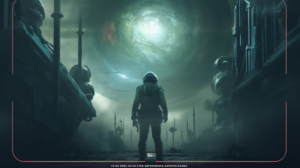Photographie serie, 2015

What are we to do with picture portraits of ‘love’? How should we relate to the photographic memory of a person or presence once so dear to us that now haunts us more than any ghost?
In these times of digital images and a sharp decline in the number of printed photographic enlargements, I became aware of the imminent disappearance of a very particular sentimental means and practice of image intervention.
I started contacting people randomly in search of cut-up portraits and I asked the authors to lend me the scissors they used to do the deed. Besides being a timid attempt to capture a gesture in time and to compile a cartography of disaffections, this is also an anti-romantic mini-inventory of love in the time of photographic paper.


The scissors here retains all of its pragmatic violence. It is used to cut, subtract, erase the past, repress a time, make something disappear, be it a face, a body or a presence. The act of cutting something or someone out of a photograph is one that makes no attempt to conceal or contain itself. It is done on the spur of the moment, resulting in holes, irregular measurements, telltale jagged rims. Yet this simple, obvious act contains a potent meta-language that conjures enigmatic micro-narratives out of the original, vandalized image. With the eye drawn to the hole, the focus of the scene suddenly shifts to somewhere outside the perceptual field, turning the absence into a new form of presence. As it snaps away at the picture, the scissors is but the instrument of the power to produce desire, to settle memories and create a new place for the figures in the picture. In the vast field of meaning the image contains, the scissors can be a very powerful tool.

